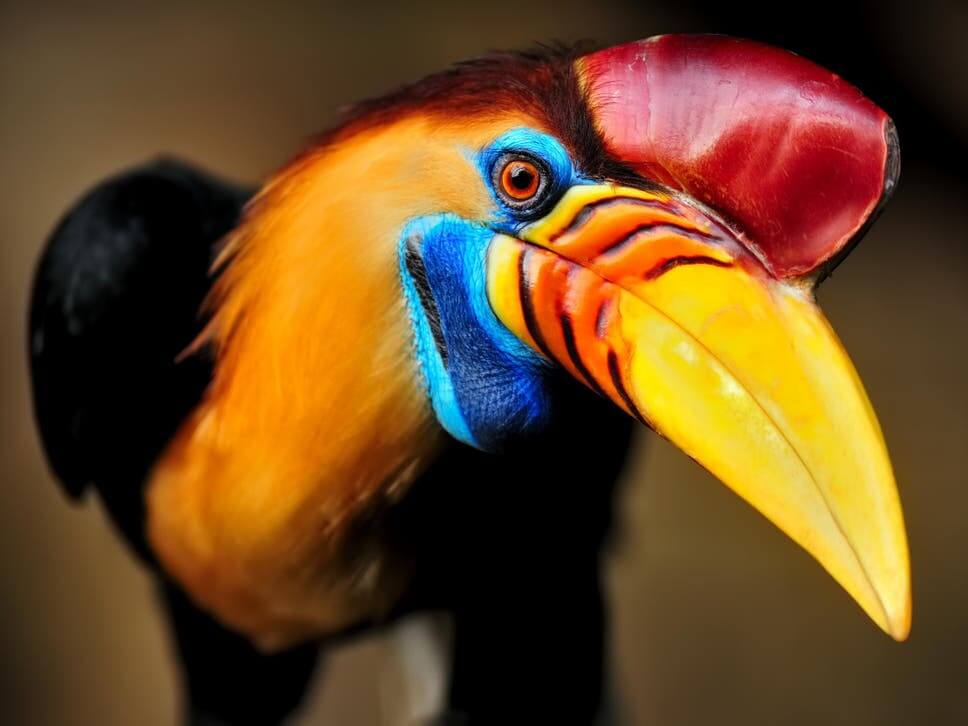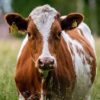Scientists planning first ever complete list of all animals and plants on Earth, in effort to halt extinctions
As worsening trends reveal plight of various flora and fauna, a comprehensive directory of all known life could help authorities and researchers understand and protect natural world, writes Harry Cockburn.

A new effort is underway to create an overarching list of all the world’s plant and animal species.
Currently there is no single compendium of all of our planet’s species, with some types, such as mammals, the focus of numerous indexes, while other groups are not represented on lists at all.
A comprehensive catalogue of every species will help conservationists, scientists, governments and other organisations understand and protect the biodiversity on Earth.
“Listing all species may sound routine, but is a difficult and complex task,” said Professor Stephen Garnett of Charles Darwin University, who is spearheading the initiative.
“Currently no single, agreed list of species is available.”
A paper published in the open access journal PLOS Biology outlines a roadmap for creating, for the first time, an agreed list of all the world’s species, from mammals and birds to plants, fungi and microbes.
The authors said organisations and governments need reliable, agreed, scientifically defensible and accurate lists for the purposes of conservation, international treaties, biosecurity, and regulation of trade in endangered species.
There are numerous difficulties which must be overcome in order to create a coherent document which usefully details the planet’s vast array of life.
The paper outlines a potential means of streamlining some classification processes. This is in the form of a set of ten principles for creating and governing lists of the world’s species, and a proposed governance mechanism for ensuring that the lists are well-managed and broadly acceptable.
“Importantly, it clearly defines the roles of taxonomists – the scientists who discover, name and classify species – and stakeholders such as conservationists and government and international agencies,” said Dr Kevin Thiele, the director of Taxonomy Australia and a co-author of the paper.
“While taxonomists would have the final say on how to recognise and name species, the process ensures that stakeholders’ needs are considered when deciding between differing taxonomic opinions.”
The natural world is facing numerous unprecedented threats, with scientists warning we are accelerating into the midst of a sixth mass extinction event.
The increasing burden of human activities, which are driving the climate crisis, causing pollution, land clearing, disease and over utilisation, are combining and resulting in a rapidly worsening extinction crisis.
“Developing a single, agreed list of species won’t halt extinction,” said Professor Garnett, “but it’s an important step in managing and conserving all the world’s species, great and small, for this and future generations.”
















































